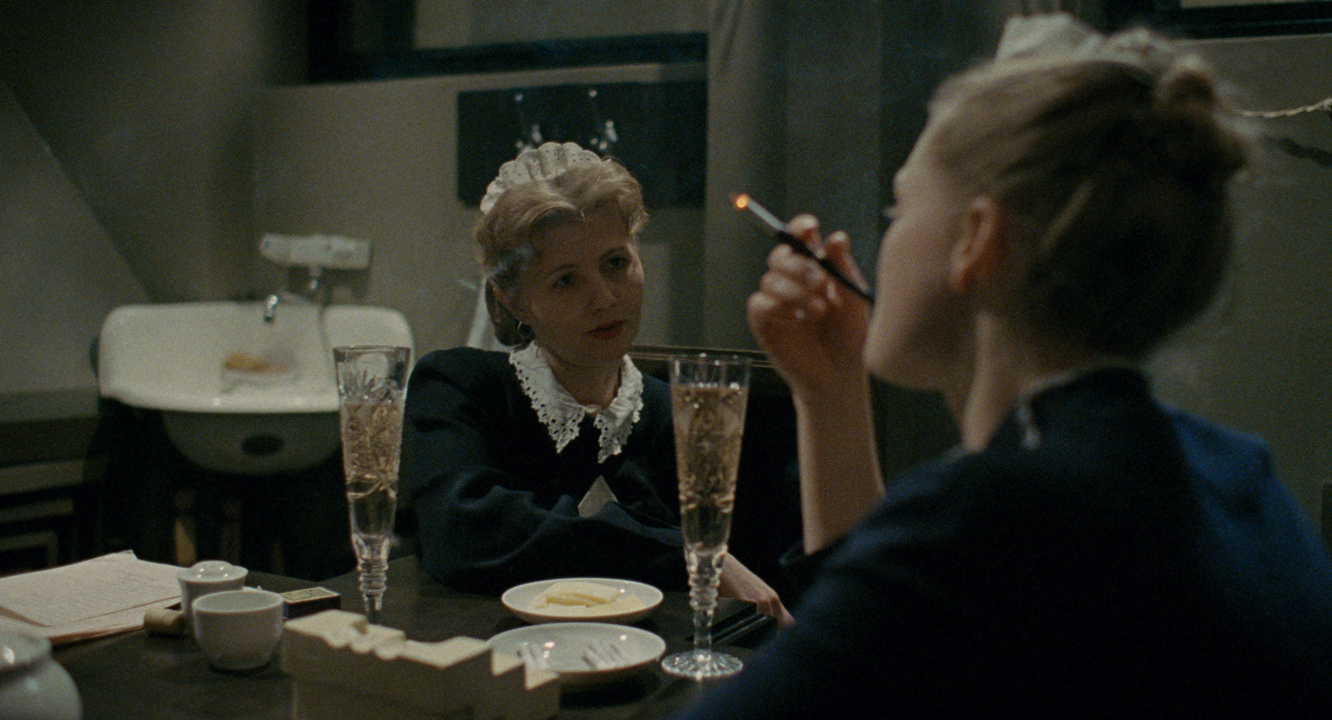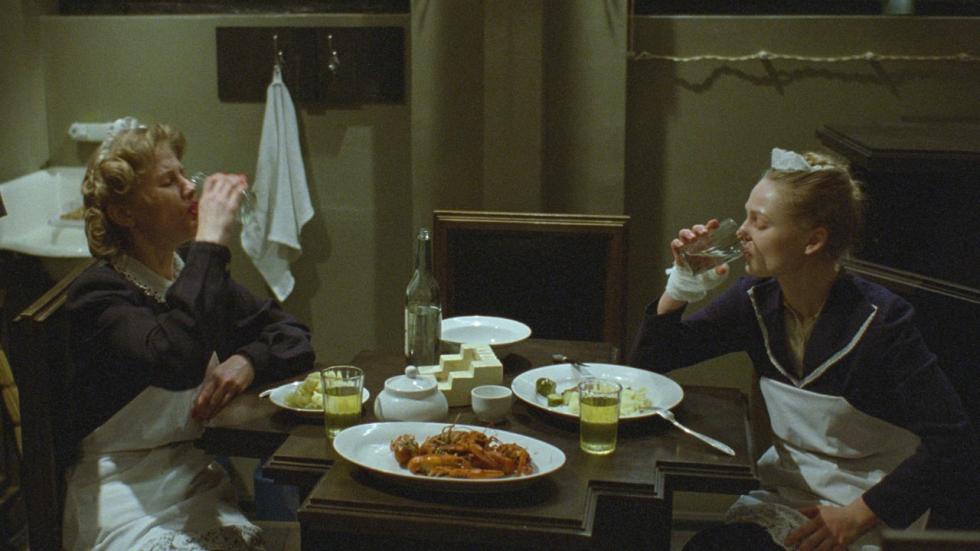DAU. Natasha is the first sample of a mastodonic multidisciplinary project that emerged more than ten years ago in the head of Ilya Khrzhanovskiy (Moscow, 1975), a title that today has its Spanish prèmiere in the Seville European Film Festival and that the Russian filmmaker himself has presented in a press conference. Regarding its setting in a scientific center subjected to Stalinist terror, the film's director said that he grew up until the age of 16 in the Soviet Union and experienced "the atmosphere of horror imposed by that regime. In reality, the idea was to deal with those ordinary lives, of people who love, hate, and explore, while revealing themselves in a different way under that totalitarian system. I wanted to recreate the Soviet individual as I am, for better or worse, and thus question my own identity. I didn't care if there was a chronological or a fantastic story, I just wanted to establish an environment where these characters lived without counting their social circumstances”.
The film, which has just won the Silver Bear for Artistic Contribution at the last Berlinale, features the photography of Jürgen Jürges, a regular collaborator of masters such as Fassbinder, whose experience made it possible to bring such an exceptional project to completion. "He wanted to shoot from all possible angles, without any technical instrument that would prevent it," explains Khrzhanovskiy. "One day he came up with a solution and we started using mirrors and spotlights within the scene, there is even one where a character changes a light bulb. It was a risky decision because, at the same time, we wanted to use celluloid and have natural light. It's a physical material, which changes its qualities, and that life itself is reflected in the film. We shot 65 million frames that are like the voice of time, they represent another way of relating to it".

The numbers are important in this production that gave rise to 700 hours of material, 400 volunteers and 50 actors who lived for two years on the set where it was shot, the largest set in Europe. Despite this, Khrzhanovskiy said about the shooting that "it was not as intense as life itself. You can get out of a shoot, like out of a game. We thought we were telling something important, that's why this project has come through". According to the Russian filmmaker, if anything, it is a completely collective film: "The collaborators are co-authors of the project, not only because of their concrete work, but also because they have contributed their life experiences, their character. From Yekaterina Oertel [co-director and co-writer], who conceived the main character, to the actress Natasha Berezhnaya herself, who reflected in that character her real, very complicated experiences".
When asked if this controversial film, which has been censored in Russia, is also a reflection of Vladimir Putin's government, Khrzhanovskiy admitted that DAU.Natasha, "more than an allegory, is a description of this form of domination which is also found in other countries. Putin has been a KGB agent, which was almost like the Gestapo in Hitler's time. Can you imagine a Gestapo officer becoming a government leader in Germany? Well, I think it's comparable. The Soviet people believe in the strong hand, they are convinced that they need it, but for me it is a trauma to understand it that way. Now there are people who would raise a statue to Stalin again, so it seems clear that this feeling is still alive".



